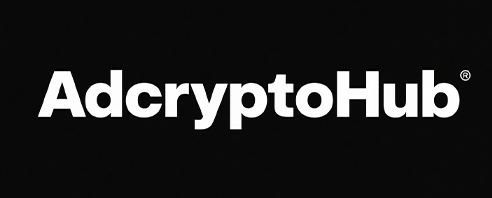
Blockchain Media Releases Innovative Brand Public Relations Solutions: A Game-Changer for Modern Communications
In today's fast-paced digital world, the way brands communicate with their audience has evolved dramatically. One of the latest trends revolutionizing the field of public relations is the integration of blockchain technology into media releases. This innovative approach offers a transparent, secure, and efficient way for brands to engage with their stakeholders. As a seasoned自媒体 writer with over a decade of experience, I'm excited to delve into how blockchain media releases are transforming brand public relations solutions.
The P Pain Point: Trust and Transparency in PR
Public relations has always been about building trust and fostering transparency between brands and their audience. However, traditional media releases often face challenges in ensuring authenticity and reliability. With the rise of fake news and misinformation, maintaining credibility has become more difficult than ever. This is where blockchain comes into play.
Blockchain Media Releases: A New Era of Trust
Blockchain technology provides a decentralized and immutable ledger that can be used to record and verify information. By leveraging this technology, brands can now release media statements that are tamper-proof and transparent. This not only enhances trust but also establishes a new standard for accountability in public relations.
Case Study: How XYZ Corporation Used Blockchain Media Releases
Let's take a look at XYZ Corporation, a leading tech company that recently adopted blockchain media releases for its product launches. By utilizing this innovative solution, XYZ was able to achieve several key benefits:
- Increased Credibility: The use of blockchain technology ensured that all information shared in the media release was authentic and unaltered.
- Enhanced Transparency: Stakeholders could verify the information directly on the blockchain, eliminating any doubts about its accuracy.
- Efficient Distribution: The decentralized nature of blockchain allowed for faster and more cost-effective distribution of the media release to various platforms.
Methodology: How Blockchain Media Releases Work
The process behind blockchain media releases is quite straightforward:
- Content Creation: Brands create their media release content as they would for traditional channels.
- Blockchain Integration: The content is then uploaded onto a blockchain platform where it is encrypted and stored securely.
- Verification: Stakeholders can access the release by using cryptographic keys to verify its authenticity.
- Distribution: The release is distributed across various channels while maintaining its integrity.
Industry Observations: The Rise of Blockchain in PR
The integration of blockchain in public relations is not just a fleeting trend; it's here to stay. According to a recent report by Gartner, blockchain will be used by 90% of large enterprises for digital business by 2025. This indicates that more brands will adopt this innovative solution to enhance their public relations efforts.
Conclusion: Embracing Innovation for Better Brand Communication
Blockchain media releases represent a significant shift in how brands communicate with their audience. By embracing this innovative solution, companies can build trust, enhance transparency, and streamline their public relations processes. As an experienced自媒体 writer, I strongly encourage businesses to explore this exciting new frontier in brand communication.
In conclusion, the integration of blockchain technology into media releases marks a new era for brand public relations solutions. By leveraging this innovative approach, companies can establish credibility, improve transparency, and ultimately strengthen their relationship with stakeholders. As we move forward into an increasingly digital world, embracing such advancements will be crucial for any brand looking to thrive in today's competitive landscape.

 한국어
한국어
 简体中文
简体中文
 English
English
 繁體中文
繁體中文
 日本語
日本語
 Español
Español
 Français
Français
 Deutsch
Deutsch
 Italiano
Italiano
 Русский
Русский
 Português
Português
 العربية
العربية
 Türkçe
Türkçe
 ภาษาไทย
ภาษาไทย
 हिंदी
हिंदी
 Bahasa Indonesia
Bahasa Indonesia
 Tiếng Việt
Tiếng Việt







